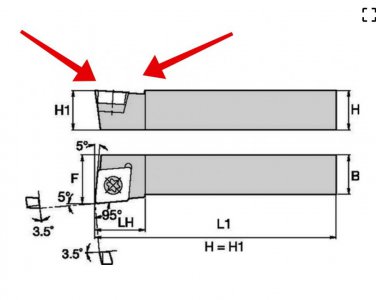- Joined
- Jun 29, 2014
- Messages
- 4,059
Several years ago I co-authored a self-published workbook on a training methodology utilized during WWII (think: what was behind the war production effort) and how that program is still in use today with a couple of well known companies. Toyota is the prominent one, but the program was exported to Japan by a couple of the wartime officers and no less by General MacArthur's occupation office in Japan to revitalize Japanese industry.$59 for a paper back???!!!!!!! holyrabafrabitz!!!!!! dont about anyone here but you could prolly learn more by actually playing with tool bits like " on the job training.
You will likely learn more by doing, but acquiring knowledge is the best first step. When you learn by doing without any prior knowledge, you are likely going to make some expensive mistakes, likely going to develop some bad habits that you are completely unaware of and your success will largely be based on average skill and quite a bit of luck (read: industry knowledge that you are unaware of - yet works in your favor) that is built into the products by the industry.
Self-publishing is not a get rich quick scheme. I spent a week at the National Archives in Maryland, another week at the Case Western Reserve Library in Cleveland and countless hours researching a topic that became a labor of love. I'm better for it, but I lost money.I have not seen David's book yet but I have some idea of the work it takes to assemble a fund of knowledge that book represents and his price is more than fair. Personally, I suspect he did it as a service to the hobby more than anything else. It is also my opinion that you can learn this stuff on your own ... maybe ... but it will take you a lot longer to do it. If I was a new guy starting out in this hobby, I would buy David's book and be way, way ahead of the game.
Last edited:


